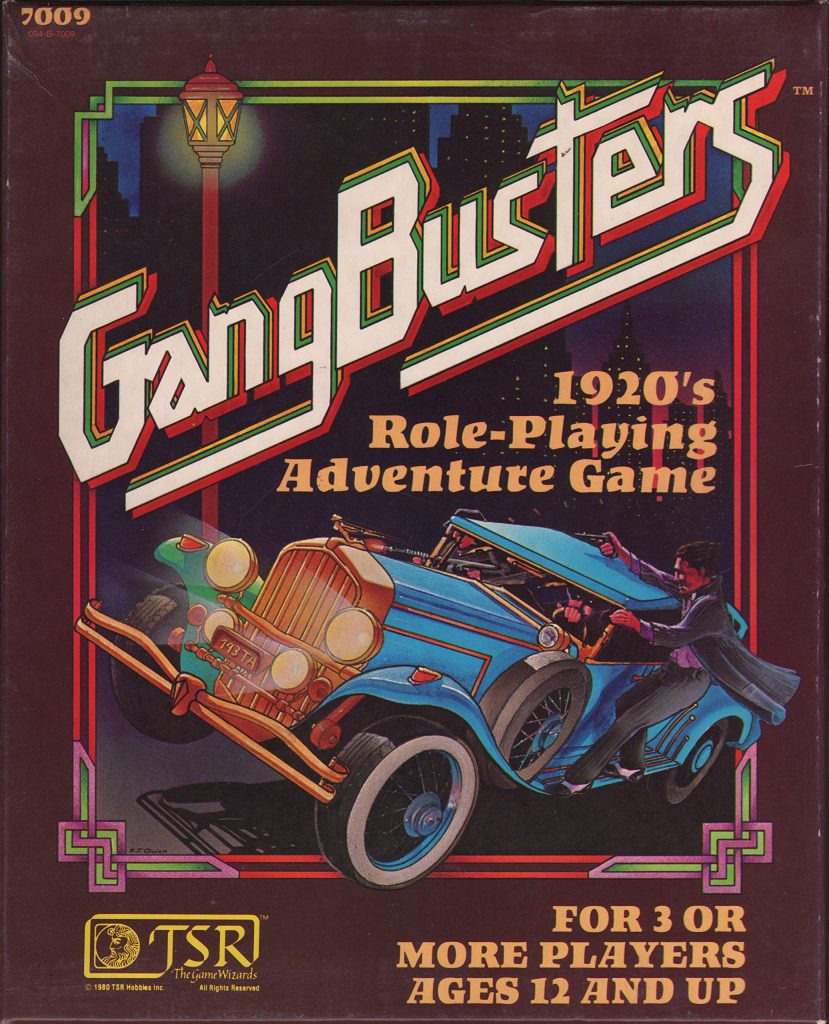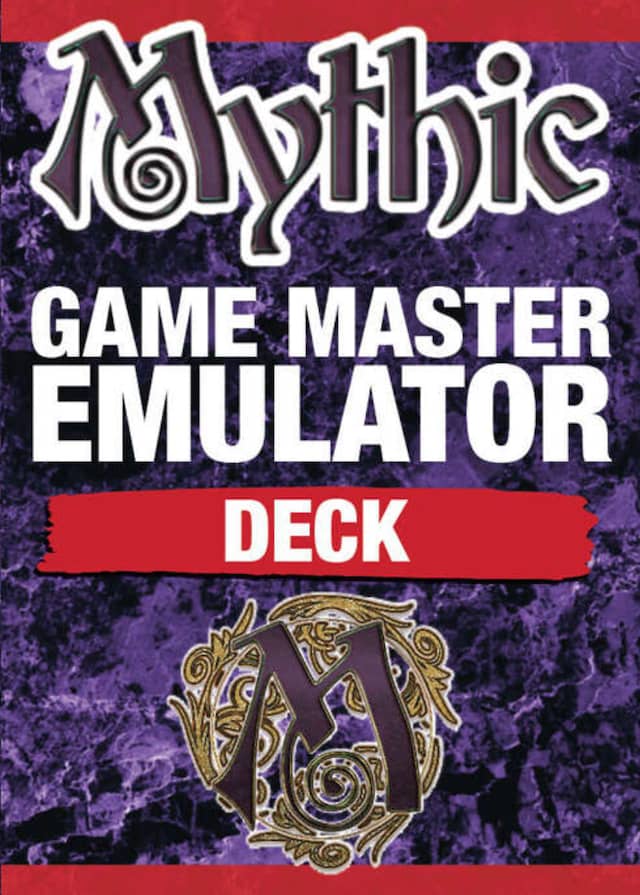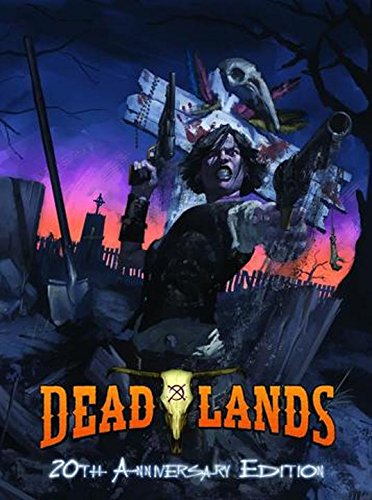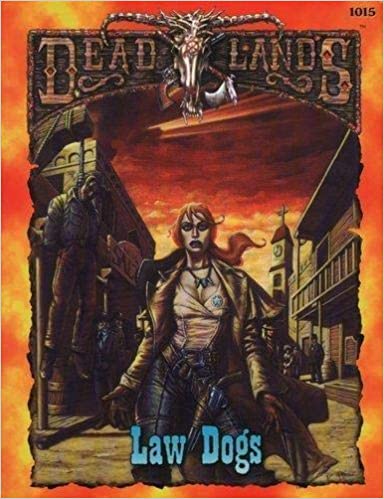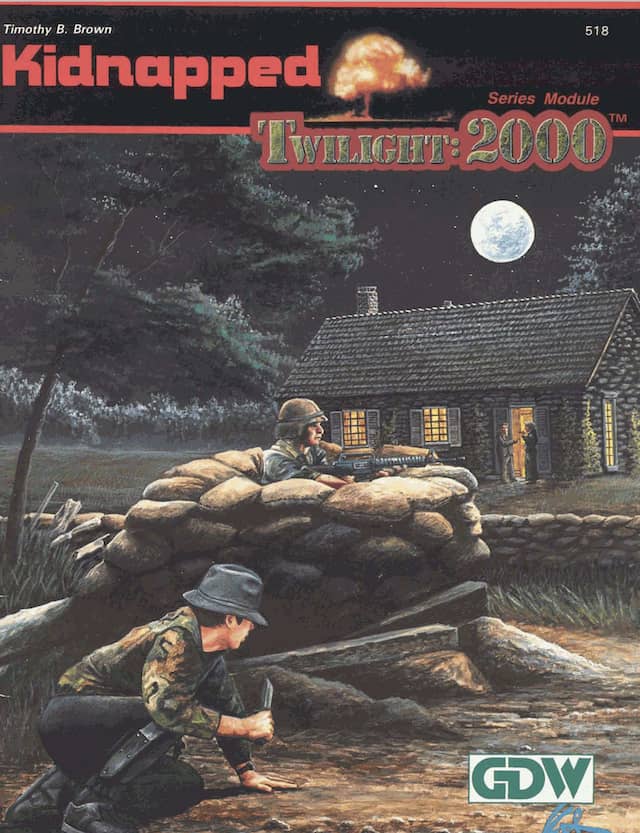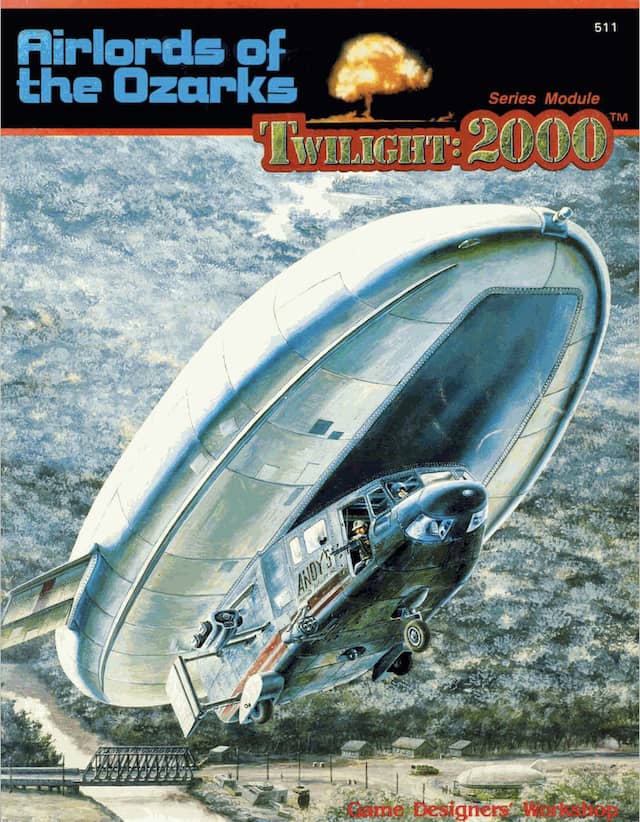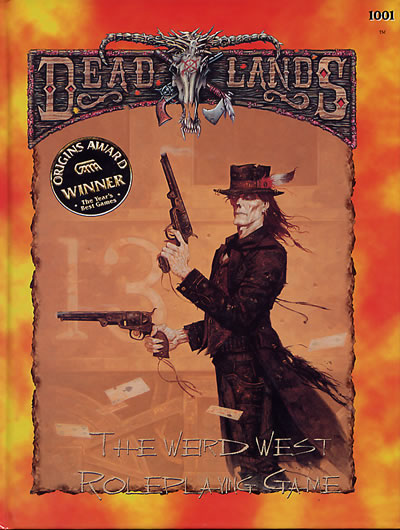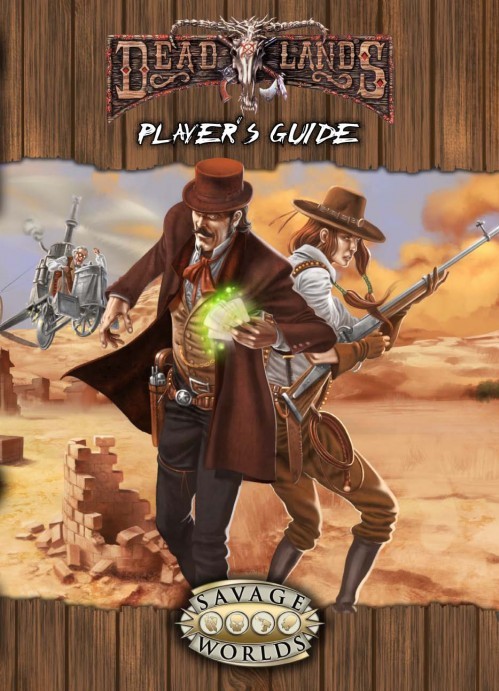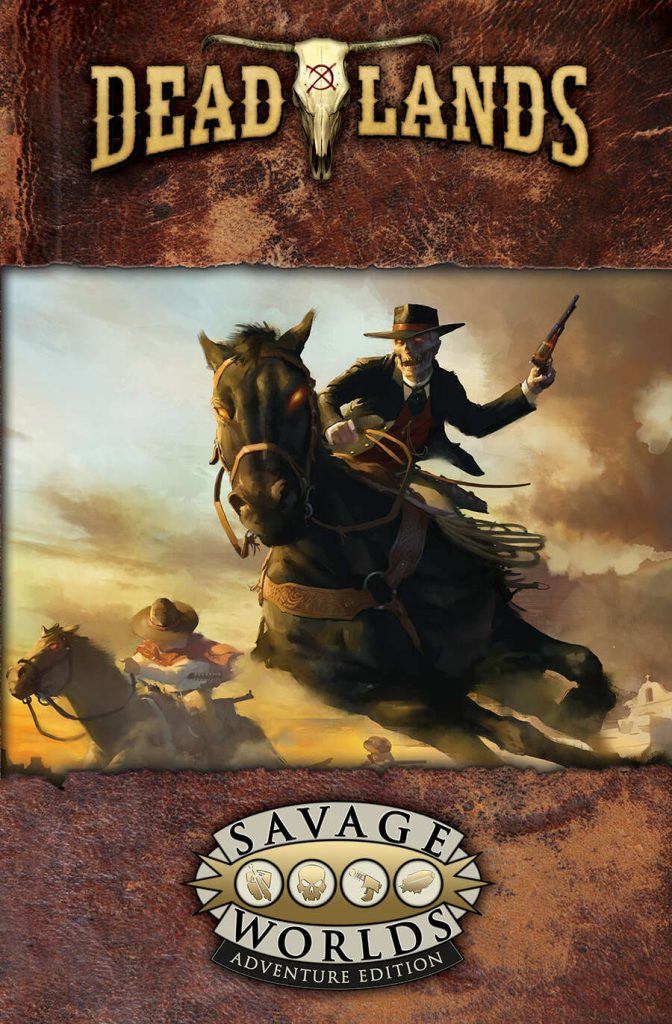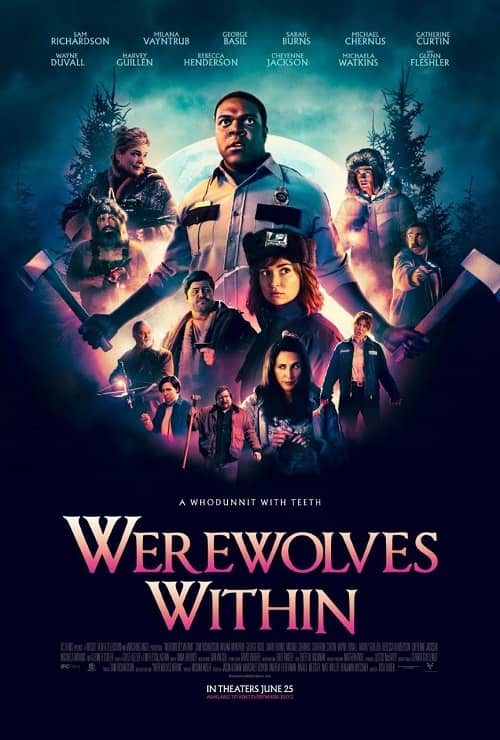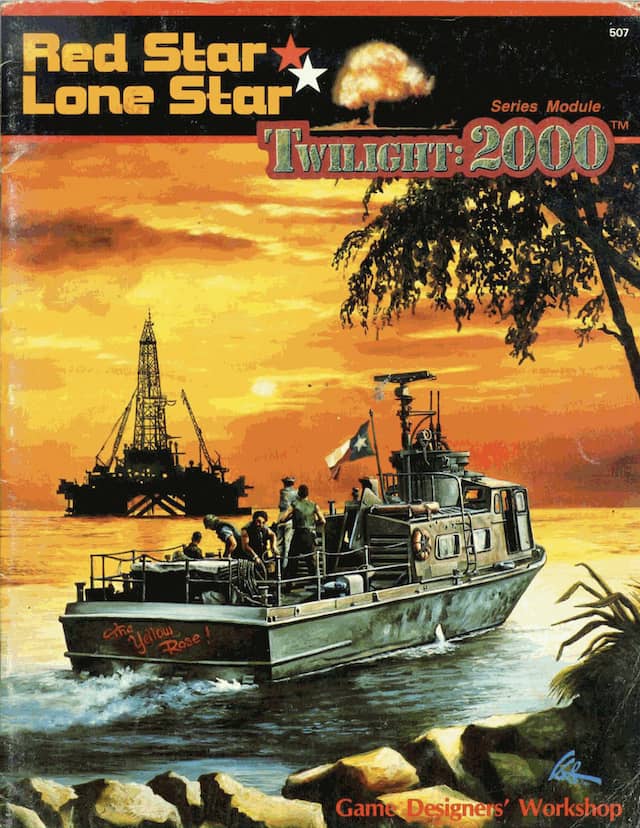Diceless Adventuring: Bounty Hunter
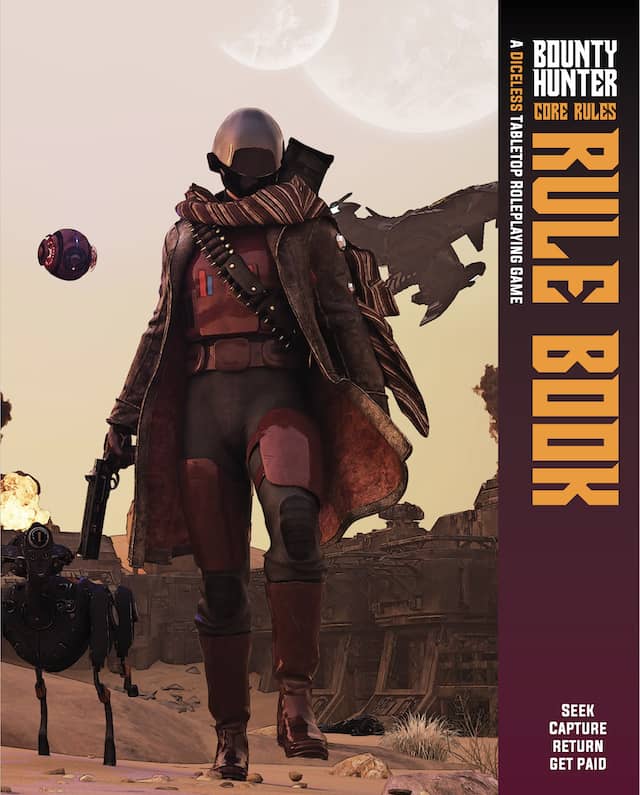
For the past three years, Kickstarter has had an annual event known as Zine Quest:
Our annual Zine Quest prompt bestows creators with this valiant mission: Bring your RPG to life with maps, adventures, monsters, comics, articles, and interviews. To participate, launch a two-week project for a single-color unbound, folded, stapled, or saddle-stitched RPG zine on A5 or smaller paper.
The zines tend to be small in size, and thus relatively inexpensive. This year, I participated, purchasing a few supplements for Mothership (you can read my review of this RPG here) and Mörk Borg along with a few full-fledged RPGs. One of these was Bounty Hunter, which I received in PDF and hard copy a few weeks ago.
The game was created by Guy Sclanders, a personality on YouTube who offers often excellent advice for gamemasters (GMs) and reviews on his How to Be a Great GM channel. Bounty Hunter focuses on an original setting and a non-traditional mechanic for RPGs: it is diceless.
